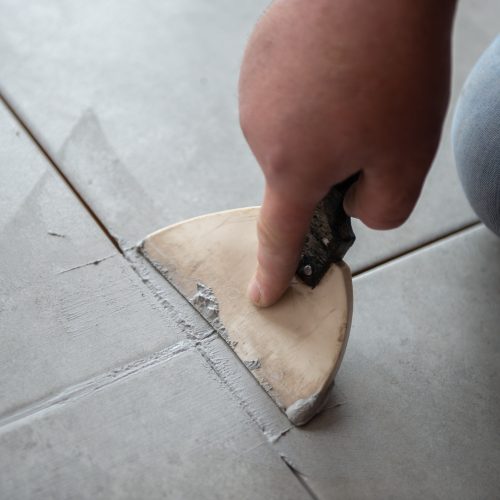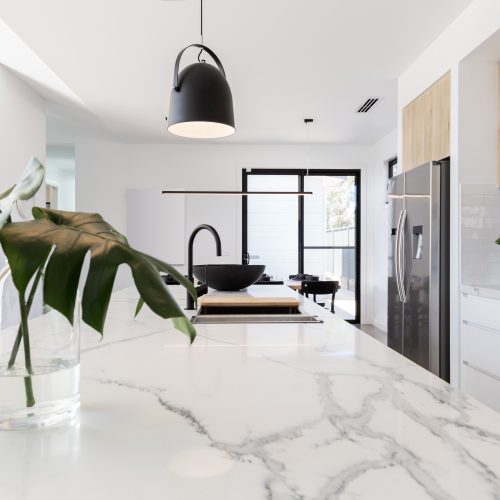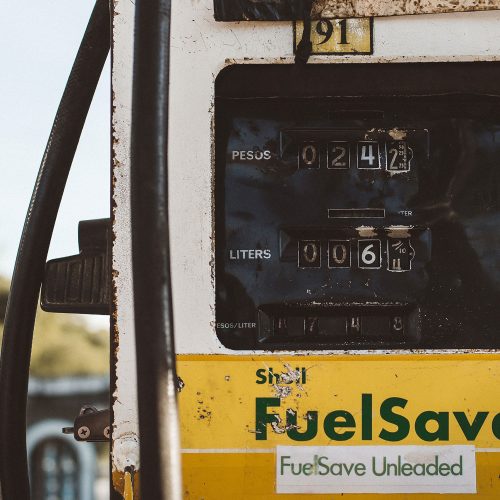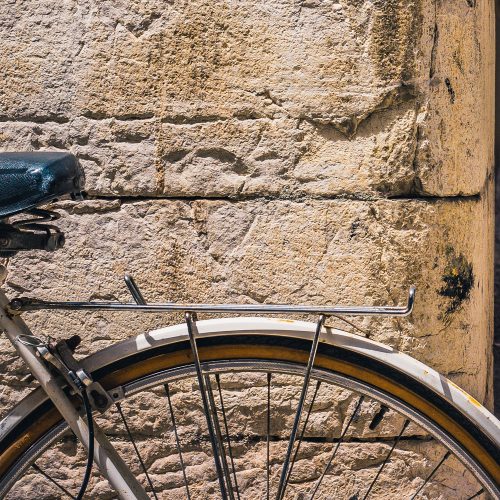October 14th, 2020 | Stone & Tile
All your questions regarding efflorescence answered in one handy article.
The correct pronunciation of the word according to dictionary.com, is [ ef-luh-res-uhns ] listen to it here.
Efflorescence is caused when soluble salts and other water soluble minerals are dissolved within a hard cementicious or masonry substrate. This includes pavers, brickwork, blockwork, concrete, render, grout and tiles. As these dissolved minerals and salts reached the surface of the substrate, the water evaporates, leaving behind the fine, white, powdery deposit known as efflorescence. This is the unsightly white powdery material we often see on pavers that detracts from what should otherwise be an attractive and clean surface. In extreme cases the efflorescence can obscure the surface and the crystallization can cause erosion and pitting. These deposits can appear within days of construction being completed or sometimes even only years later depending on weather conditions and quality of construction.
Three conditions are required for efflorescence to occur.
The number one concern caused by efflorescence is obviously the appearance of the substrate and indeed the degradation of the appearance of the entire structure. Efflorescence can very quickly turn a beautiful construction project into an eyesore.
The other concern that is not as obvious but possibly even more important is the integrity of the substrate. If efflorescence is being caused by groundwater, rising damp or other sources such as faulty drainage or plumbing, the efflorescence is likely to worsen over time if it is not attended to. The presence of moisture in this circumstance can also lead to the growth of mould, moss, mildew and other organic growth as well as persistent musty smells. These issues can adversely affect the health of occupants of the building.
Permanent moisture issues that are causing efflorescence will also eventually weaken the structural integrity of the substrate. A constant reduction in the salt content of the substrate will eventually leave the substrate weak and sandy. In the case of concrete, this is also typically the starting point for concrete cancer.
When removing efflorescence, it is important to know the substrate before starting. Efflorescence is typically removed using an acidic product like Tile & Grout Restore or Grout Restore 60, however, if the surface is a polished natural stone, using an acid is out of the question. Acids will etch the stone and create a bigger problem than you had to start with. In the case of the surface being a polished natural stone, it is best to use and alkaline product such as Tile & Grout Cleaner Pro. To remove efflorescence, the best practice is as follows:
Not just yet!
It is vitally important to establish what caused the efflorescence to occur initially. Examine the area carefully and if necessary engage the services of a professional, to ensure that there are no major drainage issues or groundwater problems. Look for telltale signs of damp walls and evidence of water pooling. Should you identify a problem, this needs to be fixed before we do anything else, or the problem will just re-occur.
Just cleaning the efflorescence off the surface usually starts an almost endless cycle of more efflorescence rising to the surface. After only a few days the surface is as powdery as before. The answer is to seal the surface with a high performance sealer as soon as is practical after the building material is installed or after thorough cleaning. The sealer must be deeply penetrating, able to withstand the highly alkaline environment found in cement based-materials and be completely breathable so moisture cannot be trapped below the surface. Once the surface is sealed a deep water-repelling layer is formed. This layer will prevent water and dissolved salts from reaching the surface where efflorescence could occur. At the same time the sealer stops further water soaking into the surface and so breaks the cycle of efflorescence. Since the sealer can breathe, sub-surface moisture can escape as water vapour rather than in a liquid form. There are a number of options when it comes to sealing these surfaces, so don’t be afraid to reach out. However, in all instances, the Actichem “Defender” range is designed to provide a perfect solution to stop efflorescence in its tracks.

Epoxy Grout Smear When it comes to tiling projects, achieving a flawless and long-lasting finish is the ultimate goal. However, [...]
Read more
Maintaining Natural Stone Benchtops Natural Stone. A rare piece of art we use in our everyday life. As it is [...]
Read more
Oil stains are an unsightly addition to any porous surface. Download PDF article here Whether it be concrete, natural stone [...]
Read more
Sandstone holds a historic place in Australian construction, seen in landmarks like QVB, Sydney Uni, Barangaroo Foreshore, and the Cove. [...]
Read more